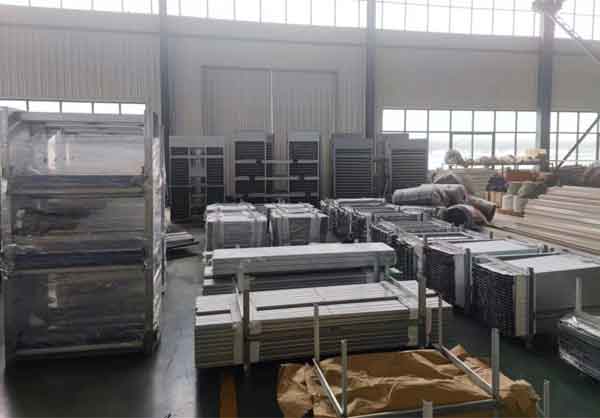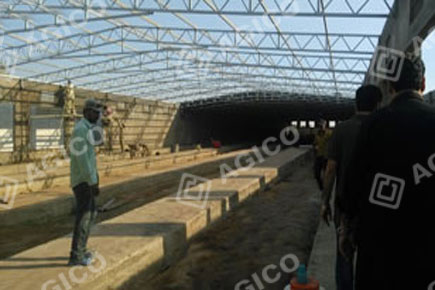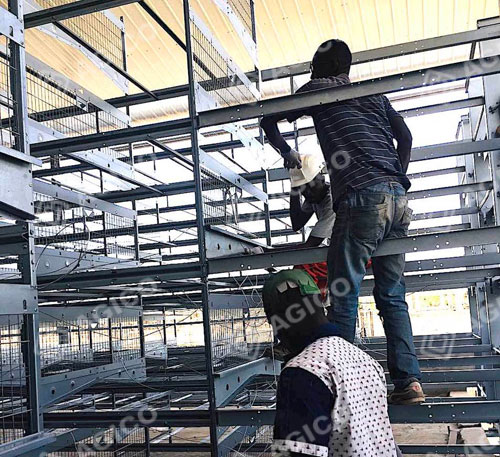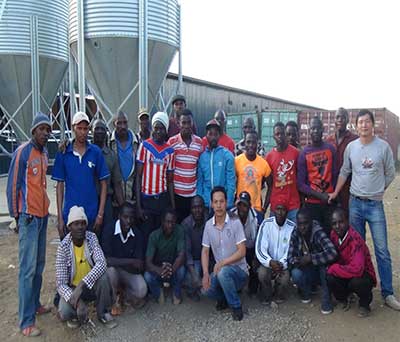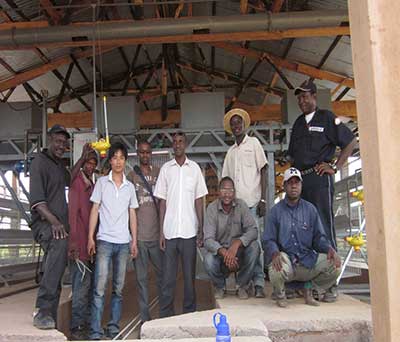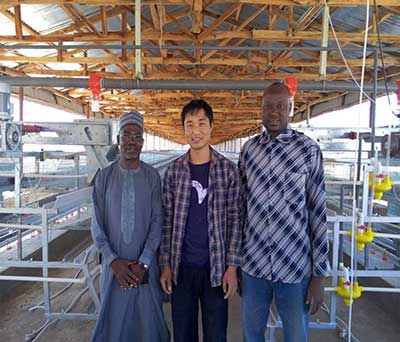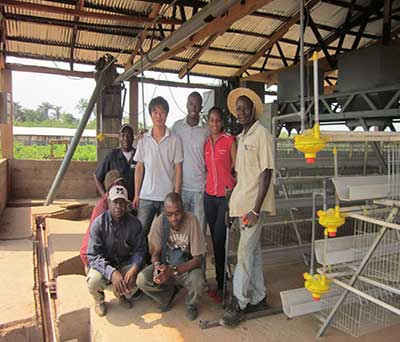During the growth and egg laying process of adult chickens, scientific ventilation is an indispensable part. The most suitable temperature inside the chicken house is 18-25 °C, and a good production level can also be achieved between 13-28 °C. The temperature difference between day and night should be controlled within 5℃, the maximum should not exceed 8℃, the temperature of the horizontal point in the cage should be controlled within 2℃, and the vertical temperature difference should not exceed 1℃. The temperature inside the chicken cage should be adjusted according to the changes in the outside temperature to keep the temperature within a reasonable range. Then in addition to the use of evaporative cooling pad and fans for cooling and ventilation equipment, side ventilation windows are also an indispensable part of the interior of the chicken house.
When is ventilation window necessary?
Use a mixed ventilation method: exhaust fans at the end of the exhaust to exhaust air, close the air intakes at the front and side evaporative cooling pad, and allow air to enter the chicken cage from the ventilation window above the side wall. In this way, fresh air can not only enter the house, but also avoid cold air blowing directly to the house. Especially in spring and autumn, make the chicken house evenly mixed to achieve a uniform temperature of the chicken house.
Use the horizontal ventilation mode: install the exhaust fan on the side wall, only open the air inlet of the horizontal fan on the side wall, and close the air inlet on the same side of the horizontal fan. Horizontal ventilation is to ensure air quality without causing too much variation in the ambient temperature within the house, as the birds essentially feel no wind when they are horizontally ventilated. Generally used in cold season and brooding period.
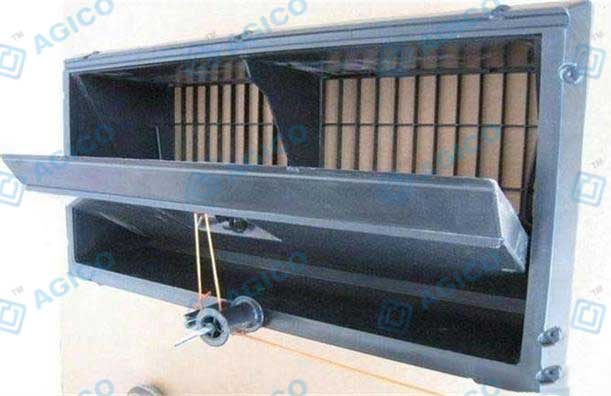
What are the specifications of the ventilation window?
In most cases, it is best to make the air inlet almost the full length of the chicken house to get enough ventilation, so in practice it is best to make the air inlet as thin as possible. There are various dimensions, generally: width 560mm, height 270mm; width 600mm, height 320mm, or width 700mm, height 300mm and other specifications.
Raw material for ventilation windows
It is generally processed by injection molding of engineering plastics, which has high durability and strong anti-aging properties. It is best to equip the outer opening with an anti-bird net.
How to configure the number of ventilation windows?
Many companies configure ventilation windows not according to the number of chickens, but according to the length of the house, 3 meters or 4 meters. This unfounded empirical design will introduce a lot of uncertainty into the ventilation during the rearing process, preventing the temperature control system from achieving the desired effect.
Generally speaking, the most suitable negative pressure is 16.3pa, and the most suitable side wall inlet wind speed is 4.7m/s.
As long as the intake air volume of the mixed ventilation is calculated, if the intake air volume of the side wall damper can meet the exhaust air requirements of the mixed ventilation, the number of dampers at this time can definitely meet the minimum ventilation requirements. Air exchange rate = total house volume/exhaust volume.
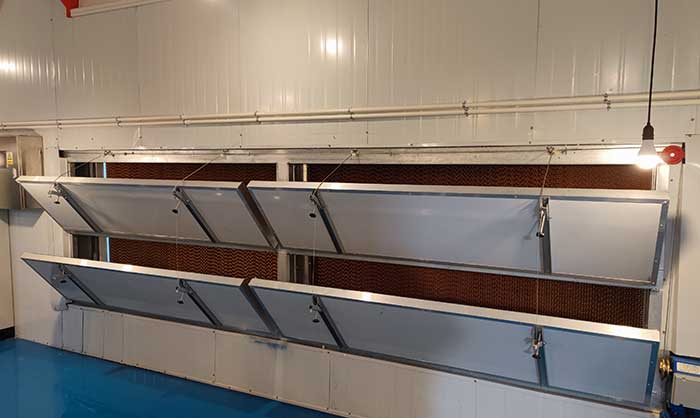
Calculation principle of the number of side wall air inlets
As long as the intake air volume of the mixed ventilation is calculated, if the intake air volume of the side wall damper can meet the exhaust air requirements of the mixed ventilation, the number of dampers at this time can definitely meet the minimum ventilation requirements. Air exchange rate = total house volume/exhaust volume.
How to install ventilation windows?
When installing the side wind window, it should be no less than 500 away from the roof of the chicken cage, and the eaves should be no less than 300 away from the small window. The side wall of the small window must be in the same plane, the 15cm height below the small window must be a fixed expansion bolt structure, and hollow cores must not be used. To prevent the backflow of rainwater, the edge of the small window is higher than the outside. It is necessary to pay attention to an easy problem in practical application: that is, the air inlet is too small, which is easy to cause problems such as pressure hypoxia and etc. The reason is simple: Insufficient air intakes and lack of fresh air lead to a lack of oxygen.

